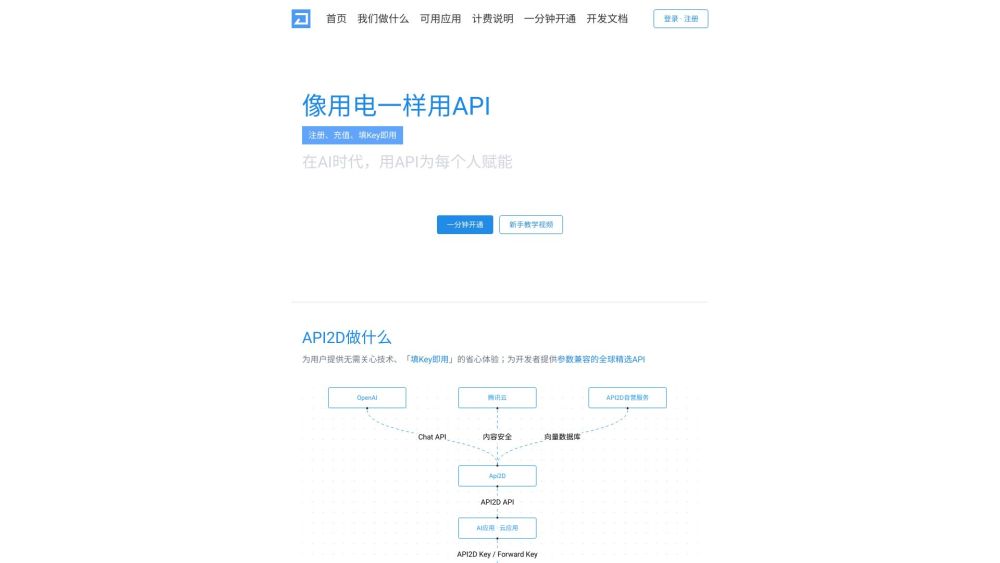The chipmaking industry faces increasing demands to enhance computing power, reduce chip sizes, and manage energy consumption effectively within densely packed circuits. While silicon remains the dominant material in semiconductor manufacturing due to its abundant availability and purity, it is limited by its three-dimensional properties and cannot be reduced indefinitely in thickness.
Enter the research team from the University of Pennsylvania's School of Engineering and Applied Science, which has pioneered a technique using two-dimensional (2D) semiconductors known for their incredibly thin structures—virtually lacking height. Their innovative approach involves depositing indium selenide (InSe) at low temperatures to facilitate integration with silicon chips, successfully growing it on an industrial-scale wafer. Producing this material at wafer-scale is critical; greater batch sizes lead to lower costs, and while InSe is excellent at conducting electricity, achieving this in sizable films has historically been challenging.
Postdoctoral fellow Seunguk Song, alongside Deep Jariwala, an associate professor in the Department of Electrical and Systems Engineering (ESE), led this groundbreaking study, detailed in their recent publication in Matter. In conversation with Jariwala, key insights into their research and the future of microchip technology were shared.
**Inspiration for Alternative Semiconductors**
The motivation to explore alternatives to silicon arises from its approaching physical limits as a semiconductor. As our reliance on mobile devices and data-intensive computing increases, the demand for more efficient, power-conscious solutions becomes critical. This shift is prompting a transformation from arithmetic-heavy computing to a data-centric approach, necessitating advanced memory utilization alongside reduced power consumption.
**The Advantages of 2D Materials**
2D materials encompass a diverse range of crystals and compounds that retain stability under extremely thin dimensions—often measuring only one to three atoms in thickness. Unlike silicon, which loses its properties when thinned to such extents, 2D semiconductors preserve their electronic and optical functions, presenting a clear advantage. This ultimate reduction in thickness facilitates the creation of smaller transistors and circuits that consume less power during calculations, a pivotal requirement for the next generation of microchips.
**Challenges in Microchip Development**
Developing microchips utilizing 2D materials isn't without its obstacles. To ensure reliability, semiconductor chips must be manufactured with exceptional quality and purity, free from contamination or defects. Achieving larger wafer sizes, typically between 6 to 8 inches, remains a significant hurdle for 2D materials.
In recent years, progress toward wafer-scale production of high-quality 2D semiconductors has accelerated, yet challenges remain in the fabrication of dependable transistor devices. Integration of 2D materials with established semiconductor materials complicates the manufacturing process — both of which are vital for the advancement of reliable microchips.
To tackle these issues, the research team is focused on growing high-purity, crystalline 2D semiconductors with minimal defects, while also striving to lower the temperatures involved in production (below 400 to 500 degrees Celsius) for seamless integration into existing chip-manufacturing processes. Additionally, improving device efficiency by minimizing contact resistance and optimizing doping density has been a consistent area of innovation.
**The Future of Microchips**
Predicting the "chip of the future" reveals exciting possibilities for the semiconductor industry. While it is unlikely that silicon will be entirely phased out soon, the advent of 2D materials, germanium, and III-V semiconductors will likely complement silicon in various device applications. The industry is also trending toward vertical chip structures, akin to skyscrapers, enhancing functionality through the layering of components like memory, sensing, and communication devices atop silicon transistors.
2D materials are ideally positioned to contribute significantly to this vertical integration, allowing for high-quality construction similar to easily removable sticky notes, a process that traditional electronic materials struggle to achieve.
**Impact on Manufacturing and Costs**
Switching from silicon to 2D materials is not expected to disrupt manufacturing processes significantly. Any drastic changes could skew cost-benefit analyses, relegating such chips to niche applications. A smooth transition to incorporating alternative materials is essential for broad acceptance in the market.
**Advancements in AI and Computing Power**
Advancements in microchips will significantly influence the evolution of AI by enhancing computing capacity and energy efficiency. As AI increasingly relies on vast quantities of data, the efficiency of hardware becomes paramount. While current silicon architecture is improved, innovations at the device level will soon need to surpass existing methods to prevent reaching the fundamental limits of energy efficiency imposed by silicon.
Ultimately, the transition to 2D materials presents a tangible solution to the demands of large-scale AI applications and data-intensive processing, potentially transforming commercial outcomes in energy consumption and computational capacity.
**Enhancing AI Capabilities**
The rise of new microchip technologies promises substantial advancements for AI systems, particularly in deep learning and neural networks—domains characterized by significant data requirements. With traditional silicon approaching the limits of innovation, discoveries at the materials and physics levels will become essential for sustaining performance improvements.
**Future Milestones in Research**
The research team aims to enhance transistors made from 2D semiconductors, focusing on reductions in dimensions and the scale of production. There is also a concerted effort to develop 2D semiconductors for low-power embedded memory applications, which is expected to usher in a new generation of AI hardware that operates with remarkable efficiency—potentially revolutionizing the landscape of microelectronics and AI technology.





